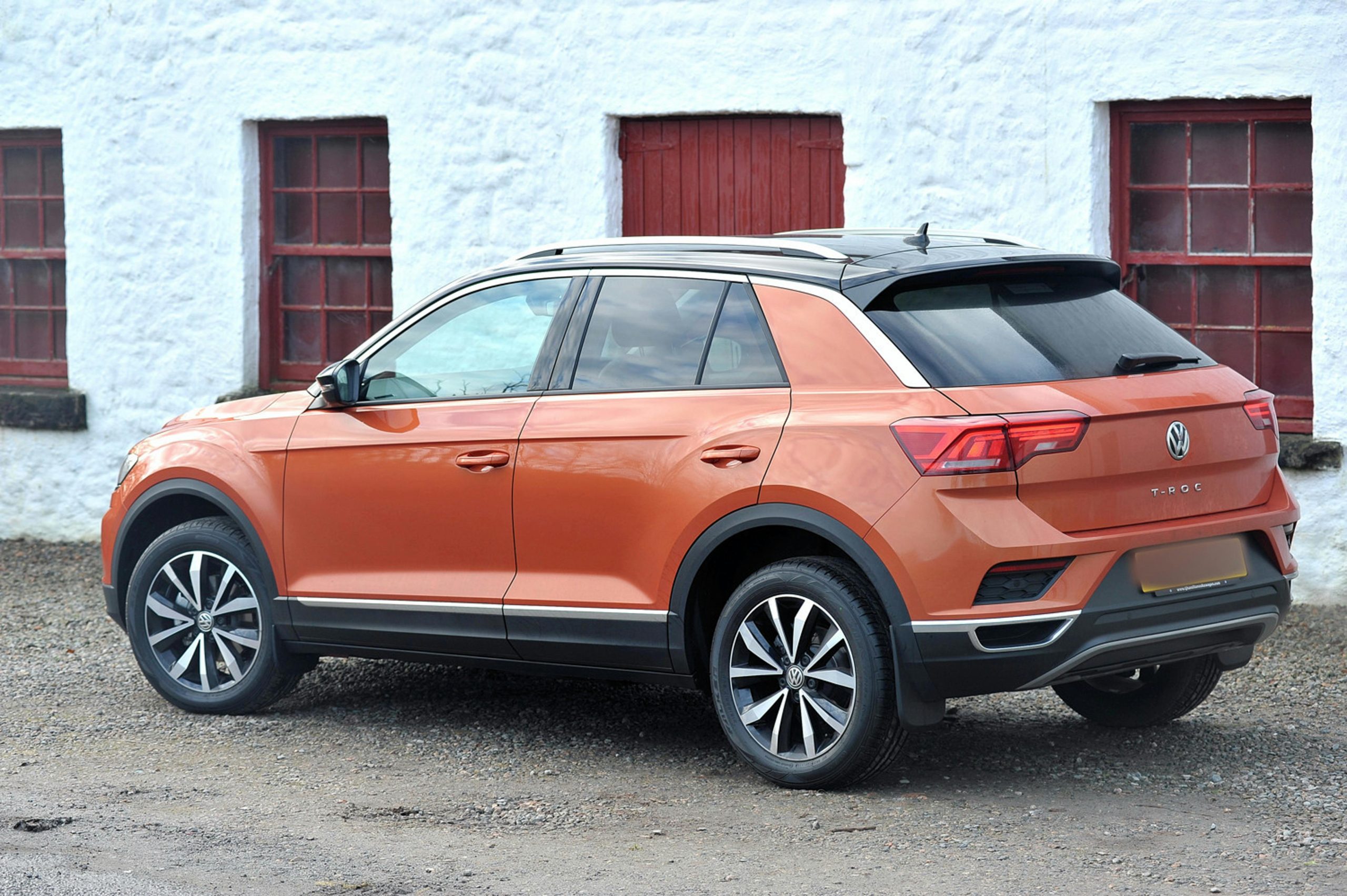Troubleshooting Drive Formatting and Initialization Issues with External USB Enclosures on Windows 10
Introduction
External USB drives are a convenient solution for expanding storage or transferring data. However, users may encounter issues when attempting to format or initialize new drives within USB enclosures, especially on Windows 10. This guide addresses common problems and provides step-by-step solutions for resolving drive recognition and formatting errors, ensuring your external drives function correctly.
Understanding the Problem
Many users report that when connecting a new drive within a USB enclosure, Windows 10 recognizes the device but cannot facilitate formatting or drive initialization. Typical symptoms include:
- The drive appearing in File Explorer as a greyed-out, unformatted USB Drive (e.g., Drive L), with options to format being ineffective.
- Disk Management displaying the drive as a “Removable” disk with no partitions or unallocated space.
- Error messages indicating “There is no disk in drive L” when attempting formatting.
- Attempts across multiple USB ports yield consistent results, suggesting a driver or compatibility issue.
Case Study Overview
In a recent case, the user connected a new drive within a compatible enclosure. The drive appeared in File Explorer and Disk Management, but was uninitialized with no partitions. Attempts to format via Explorer resulted in error messages, and the drive remained inaccessible. Notably, connecting the drive internally (bypassing the enclosure) allowed full access, indicating potential enclosure compatibility issues but confirming the drive itself is operational.
Recommended Troubleshooting Steps
-
Confirm Drive Compatibility and Integrity
-
Verify that the drive and enclosure are compatible. For example, ensure the enclosure supports the drive’s interface (SATA, NVMe) and size.
-
Test the drive externally by connecting it directly to the computer internally (e.g., via SATA cable). If it functions normally, the drive is healthy.
-
Inspect Disk Management
-
Open Disk Management by pressing Windows + X and selecting “Disk Management.”
- Locate the drive in the list. If it’s marked as “Unknown” or “Not Initialized,” right-click on the disk and select “Initialize Disk.”
- Choose the appropriate partition style (GPT or MBR) based on your needs.
-
If the disk shows as “Unallocated,” right-click and select “New Simple Volume” to create partitions and format.
-
Use Diskpart for Advanced Initialization
-
Open Command Prompt as Administrator.
- Enter
diskpart. - List disks with
list diskand identify your drive. - If the
Share this content:



